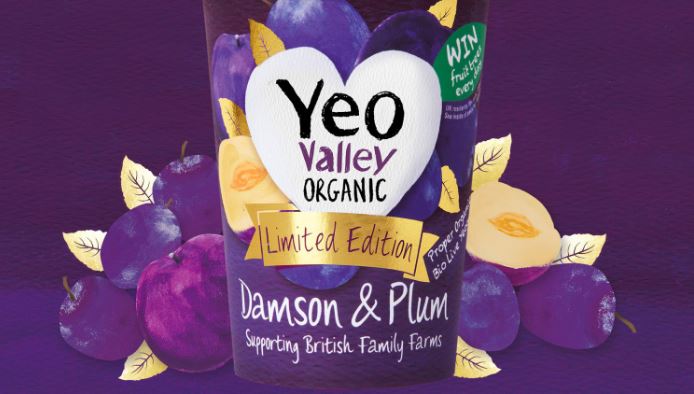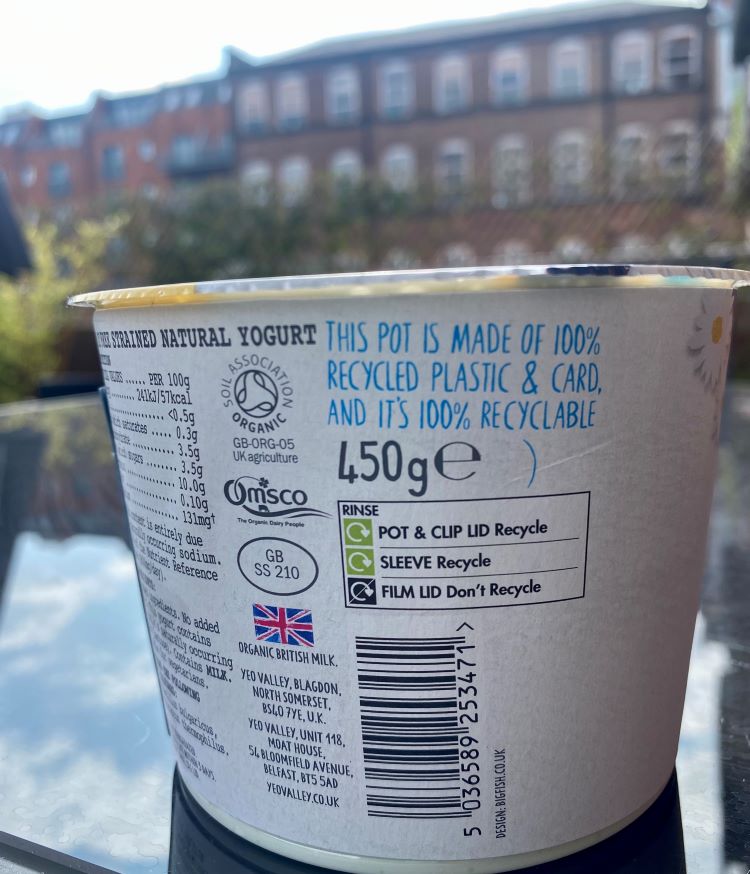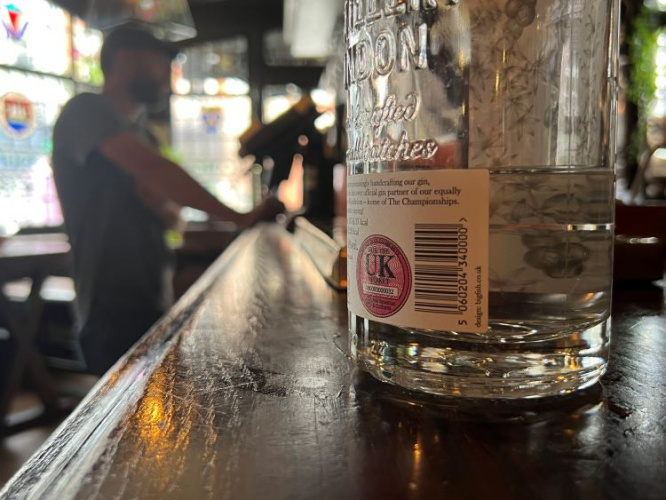Credit where credit is due: the importance of recognition
Big Fish founder Perry Haydn-Taylor on how a formative pitch experience led him to always seek accreditation for any design work.
Have you ever walked away from a £1 million contract? I may not be the only person to have turned down a lucrative project, but how many have done so because of just a few words? In the end, we got the job and, 11 years later, you can still see our credit on every Yeo Valley product sold.

When I set up big fish with my then business partner back in 1993, having unreasonable clients wasn’t just tolerated by creative companies – it was the norm. The worst aspect of those relationships for me wasn’t the rudeness, lack of respect or arrogance – it was that we never felt like our contribution was being acknowledged. There aren’t many things more professionally demotivating than people we’d worked side-by-side with, failing to mention the important role we played in their brand success stories.
Thankfully, those crappy clients led to us setting up our business. I’ll always be oddly grateful to them for their unreasonable behaviour, because it means that today we choose who we work with and on what terms, whether it’s a more traditional project or as an equity partner in a startup.

The Big Fish credit features next to the barcode on the back of the Yeo Valley packaging.
Thankfully, those crappy clients led to us setting up our business. I’ll always be oddly grateful to them for their unreasonable behaviour, because it means that today we choose who we work with and on what terms, whether it’s a more traditional project or as an equity partner in a startup.
Looking at clients as business partners
We built our business on the belief that we’d only ever be as good as the partners we work with. Many of our qualifier questions for prospective clients or commercial ventures are as you’d expect. But it’s the final question on our list that has, in many ways, defined our success as a business: “Are they happy to acknowledge our involvement?”. We’ve baked this into our company culture and included it in our terms and conditions. It’s a small act, but it’s the biggest lead qualifier for us because it tells us pretty much all we need to know about a prospective partner’s attitude towards collaboration.
All those years ago Adrian Carne, MD of Yeo Valley, gave me 60 seconds to explain why they should allow the big fish credit on their packaging. Thirty seconds in, he stopped me and said, “I get it. Of course we’re happy to display your credit. I was always going to say yes, I was just fascinated to understand why it was so important to you.”
A successful client-supplier relationship is built on mutual trust, collaboration and respect. Forming strong partnerships is how great businesses grow exponentially and we’ve been rewarded for being selective. Alongside Yeo Valley, you’ll find evidence of similar long-lasting collaborations with everyone we work with, from Clipper Tea to Dorset Cereals to Sipsmith gin. What we do is about so much more than a few words on a pack – but that’s the bit that most people see.

The reverse label of the Sipsmith bottle has a Big Fish credit.
There are other ways, of course: many creative businesses secure credit through awards,(I am writing this during peak awards season, after all). Our friends in advertising have largely been more successful at getting recognition. Think of the longstanding famous creative collaborations, like Nike and Wieden + Kennedy, Audi and BBH, and Ogilvy and Dove – although even those great campaigns lack ‘made by…’ in the fine print.
People remark what amazing clients we have and how generous it is of them to acknowledge us. They’re right, it is an act of generosity but more importantly for us, it is an act of respect. As Abraham Lincoln once said, “If you give me six hours to chop down a tree, I’ll spend the first four hours sharpening my axe.” In the same way, evaluating potential partnerships is one of the most important time investments we can make in business these days. And although credit is just one marker of a positive relationship, we’ve found that it says a lot more about them than it does about us.
Source: designweek.co.uk
